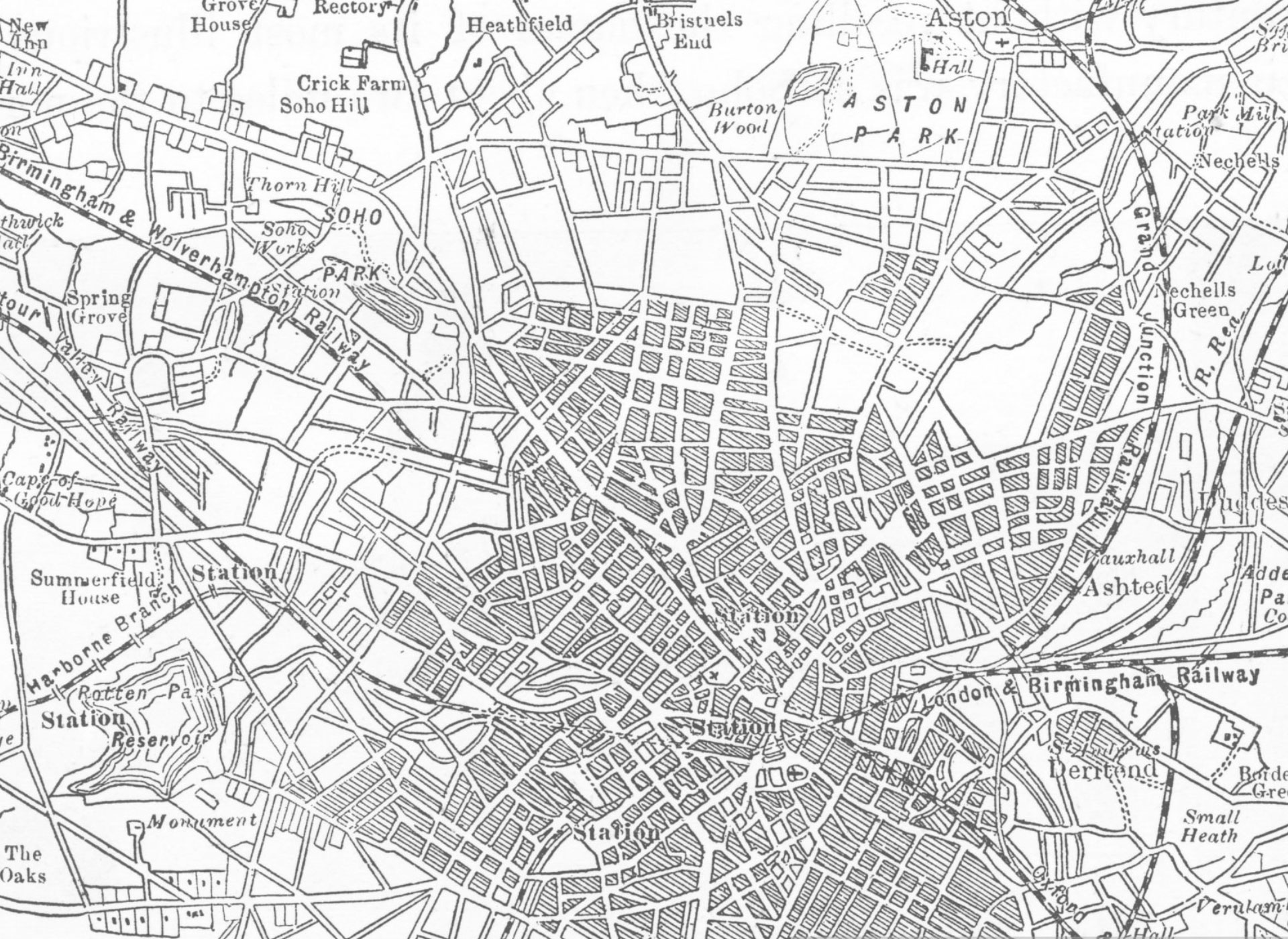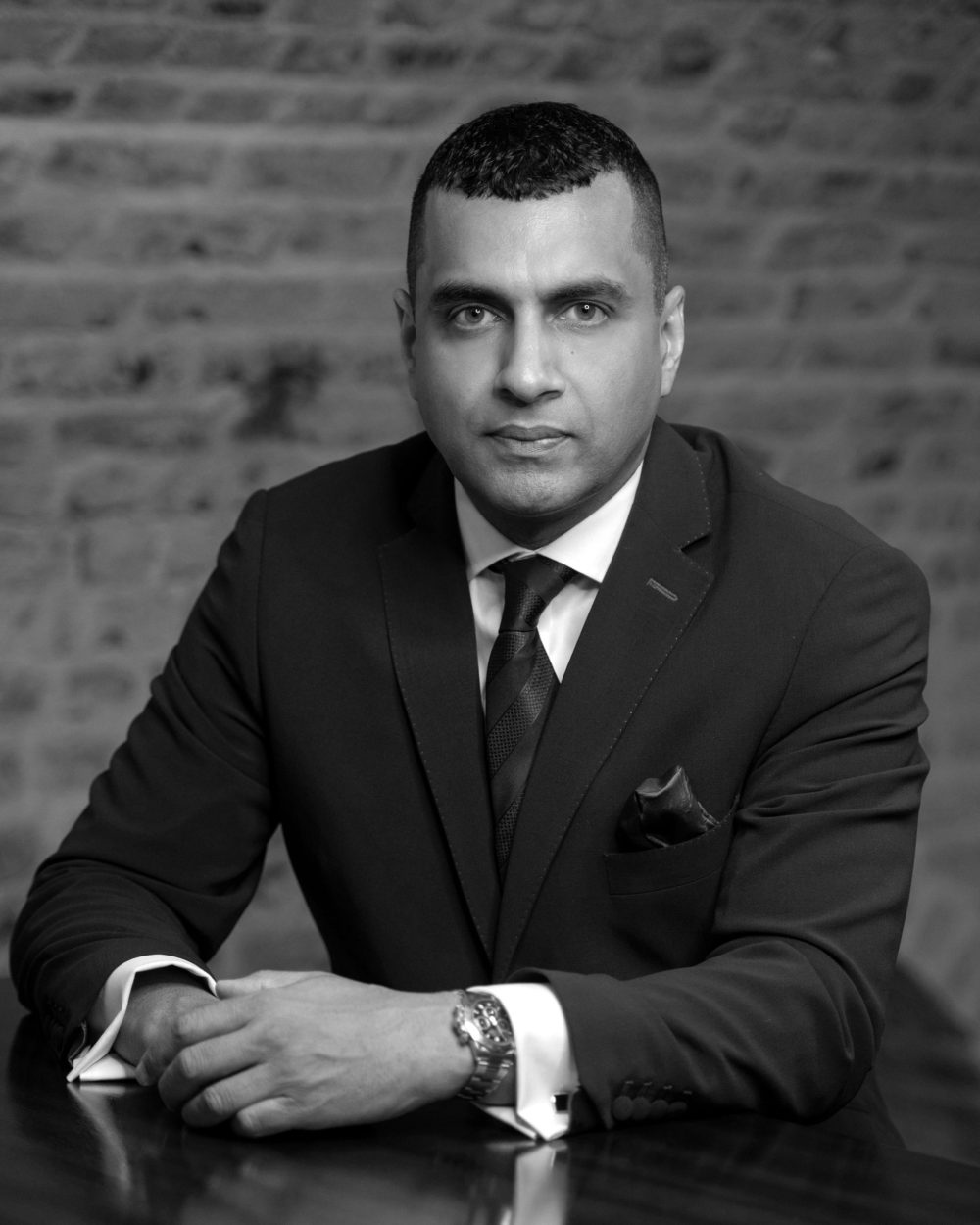Company Voluntary Arrangement (CVA)
Company Voluntary Arrangement (CVA) Litigation Lawyers
We provide advice, assistance and representation in relation to insolvency matters to a wide range of clients including:
- Company directors, shareholders and members
- Creditors – secured, unsecured and preferential
We understand that entering into a CVA can be a difficult and unfamiliar situation.
We assist our clients through many types of insolvency issues and we use our experience to deliver fast, cost-effective solutions wherever possible.
Got a question?
What is a CVA?
A CVA is a formal process available to a company in financial distress that enables the company to come to an Arrangement with its creditors.
The CVA allows the company to remain in business whilst following a formal debt repayment plan over a period of time that has been agreed with its creditors.
A licensed Insolvency Practitioner will be required to act as Nominee and Supervisor of any repayment scheme agreed with the creditors.
What are the benefits of a CVA?
- The company remains ‘in-tact’ and the directors continue to operate the business (not the Insolvency Practitioner).
- Preservation of goodwill.
- Preservation of tax losses.
- Creditors are usually willing to support a CVA as it is likely to return more funds to the creditors than any other form of insolvency procedure.
- All creditors are bound by the Arrangement once it has been agreed but creditors also have the benefit of a legally binding agreement.
- Creditors are not allowed to commence or continue legal action against the company provided the company adheres to the terms of the Arrangement.
- A single consolidated monthly payment is made to the Insolvency Practitioner by the company to cover all debts.
- Less costly than other alternative insolvency procedures, such as liquidation.
- Less damaging than the alternative insolvency procedures such as a winding up petition/compulsory liquidation.
- Less adverse publicity as public advertising is not a requirement for a CVA.
How does the process for a CVA work?
In broad terms the following steps will be followed when agreeing a CVA:
- An Insolvency Practitioner will be appointed to:
- undertake a review of the business and its assets/liabilities.
- prepare a proposal for the approval of the directors.
- As the appointed Nominee of the Arrangement, the Insolvency Practitioner will file the proposal at court and provide a copy to all the creditors.
- A creditors and shareholders meeting is called.
- More than 75% of creditors need to approve and vote in favour of the proposal. If approved, all creditors are bound by the proposal including those creditors who voted against it.
- On approval of the proposal, the Insolvency Practitioner will prepare a Report to the court and to the creditors confirming the outcome of the vote.
- The CVA takes effect from the day of the creditors’ vote (and not the date of the filing of the Report with the court).
- The Insolvency Practitioner will supervise the Arrangement for its duration and notify Companies House when the CVA comes to an end.
If the CVA is rejected at the creditors’ meeting, the other insolvency procedures remain open to both the company (Administration, CVL or Pre-Pack Administration) and to the creditors (winding up petition and compulsory liquidation).
How can KANGS help?
Our team of expert lawyers is here to guide you in relation to any issues concerning insolvency matters including CVAs and Administration.
We are happy to provide an initial no obligation confidential consultation at our offices in London, Birmingham or Manchester or via video conferencing facilities.
Contact KANGS
The expert lawyers at KANGS are available to assist you. We can arrange initial consultations in person, by video call or telephone.
Please contact one of our experts listed below or contact us at:
Testimonials
Get in touch
Send an enquiry





